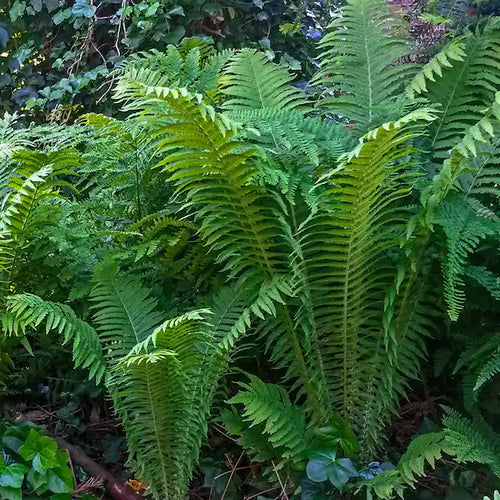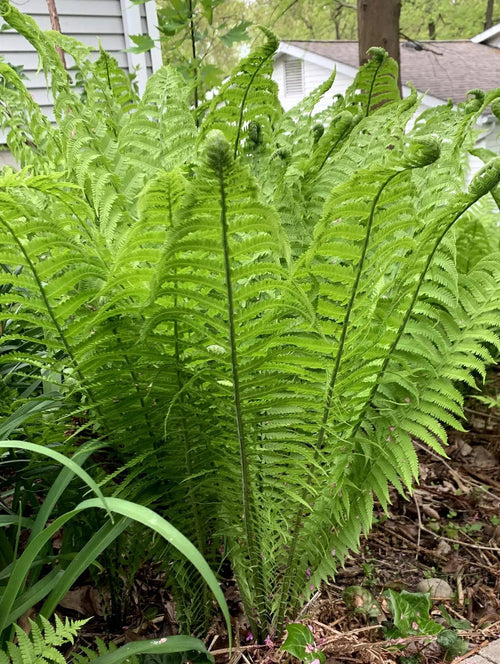The Ostrich Fern
Matteuccia struthiopteris, or the ostrich fern, is a beautiful tropical plant from North America. Its name comes from the shape of its sterile fronds that imitate the shape of the ostrich tail feathers. It mainly grows to about one to two meters, thus making it very suitable for small spaces.
Where and How to Grow
The plant survives in vital areas three to seven, making it very suitable for most people to plant it. Generally, all this plant requires is enough moisture. It can thrive in a damp area where most plants cannot survive due to excessive moisture in the soil. The ostrich fern might be just what you need if you have a shaded, wet patch of unproductive land.
Though you can plant the fern from spores, it is best to order the plant from a reputable nursery. You will receive dormant roots packed inside wood shavings or moss when you purchase the plant. All you need to do is dig a shallow but wide hole and transfer them to the ground. Cover with soil and ensure the roots’ crown sits above the earth. Water the plant consistently for the first year to ensure you get a healthy fern.
The ostrich fern prioritizes spreading its roots before it starts growing its spores. Therefore, you will see minimal upward growth in the first season. However, after the first year, the fern will begin to spread and grow upwards rapidly.
Blooming and Maintenance
The ostrich fern will give your compound a beautiful background with its large bright green fronds that turn golden during fall. However, its straight productive fronds usually have a darker green, giving the plant a colorful combination.
It mainly blooms during the summer and falls to give your yard an enviable backdrop. The ostrich fern multiplies through its underground rhizomes. Therefore, you will see several upcoming plants around the original one. If you don’t want it to spread and overshadow the other plants, you can uproot the new plants once they emerge.
You can also make it a potted in-house plant
You may need to practice misting to ensure that it has enough moisture, especially in the hot seasons. Please do not place the ostrich fern in spots with direct sunlight. The ostrich fern can also survive temperatures of up to -4 degrees Fahrenheit. Therefore, you shouldn’t worry about overwintering them.
So why should you buy this plant?
• Cheap maintenance
• Easy to grow
• Self-multiplication
• Colorful blooming
• Potable




















































